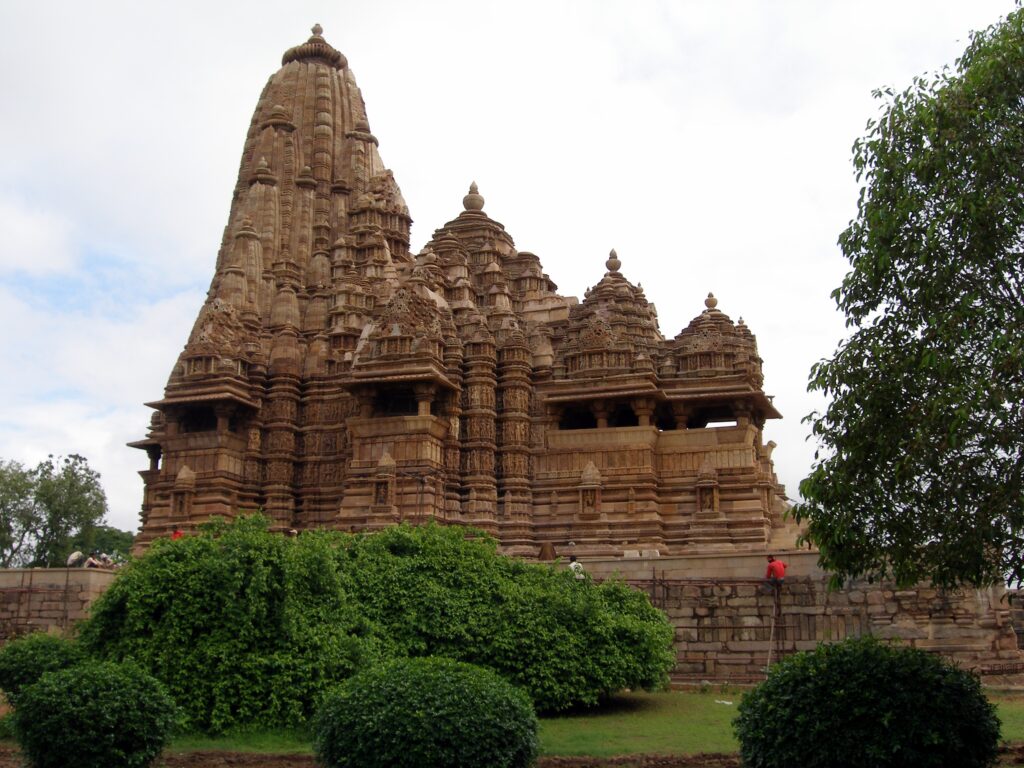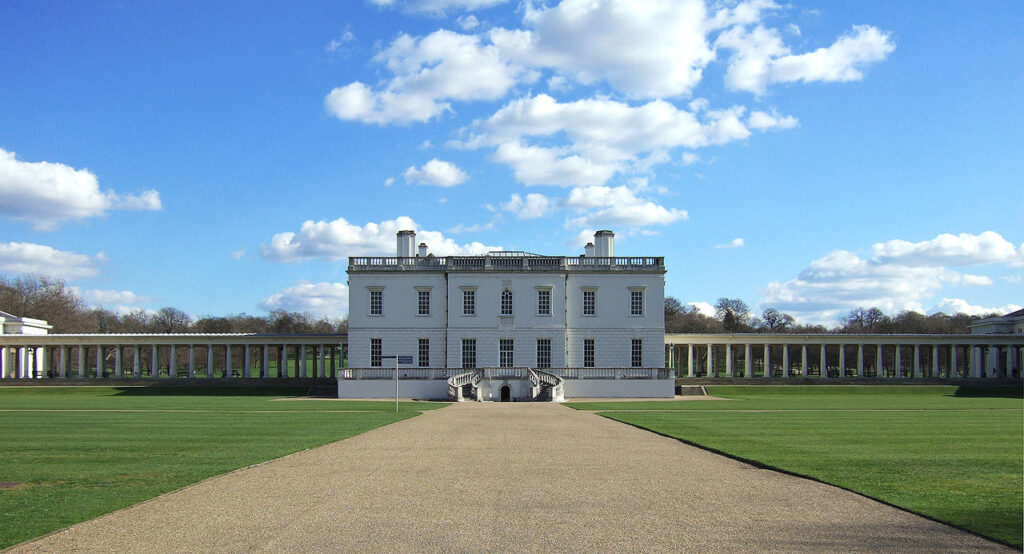When we hear the definition of a fractal, it usually includes the words, self-similarity of scale.
What does this mean? It sounds abstract, something an engineer or a physicist would use. It’s certainly not an everyday term. However, the truth is completely different. Intuitively, we all know what this means. Our everyday experience tells us the answer. Self-similarity of scale is the notion that the same shape appears in the same pattern no matter the distance you’re looking at it.
Try an experiment. Take out a sheet of paper and draw a mountain. Start with the main shape, the big view. Now add secondary details, the major components of the mountain. You might want to add two or three, or maybe even five little mountains. Follow up with some details that add relief to the picture.
Did you find yourself starting with a rough triangle? Did you add a few more triangles within the larger one? And in the details did you add a sharp point here and there? Instinctively you know that a mountain is made up of similar shapes. This is self-similarity of scale. We can also note that while a young mountain will have sharper angles, and older mountains have softer angles, the shapes will be similar throughout each particular drawing.
You would do the same thing with clouds in the sky or with a tree. In fact, the trick, a friend once told me, to drawing a tree is to begin by drawing a fork from the main trunk. Every so often make another fork in the branches and extend this out until you reach the finer details. If you add leaves, you’ll do the same thing with the veins. (This process has a special name, called bifurcation)
Self-similarity was first discussed in 1967 by Benoit Mandelbrot in his famous paper, How long is the Coast of Britain? However, Mandelbrot did not come up with the term, fractal until 1975.
When it comes to design, you’re probably thinking, “Hey, we already do this.” It’s true, we do. Look at many buildings and you’ll see the same shapes echo throughout the building. The Kandariya Mahadeva Temple in India has remarkable detail in each of its domes, as if one is descending spiritually from a higher place.

Palladian architecture, such as Queen’s House, designed by Inigo Jones shows remarkable attention to rectangles. I can’t vouch for the proportions of the windows, colonnades (added later) and the main structure, but it is so pleasing to look at, I imagine the proportions are similar.

If you look at a cityscape, you’ll find the fractal nature apparent. Since most buildings are rectangular or square, the varying sizes and widths will give an organic feel to the skyline. Perhaps this is why many people enjoy a cityscape?
In design, self-similarity often appears because of symmetry (or even asymmetry.) I think it would be advantageous to be more conscious with its use. Take a simple shape and apply it to an object. Use it throughout the piece. Vary the size, but not the shape. If you have smaller ornamentation, make sure it’s there.